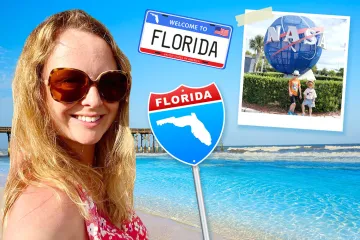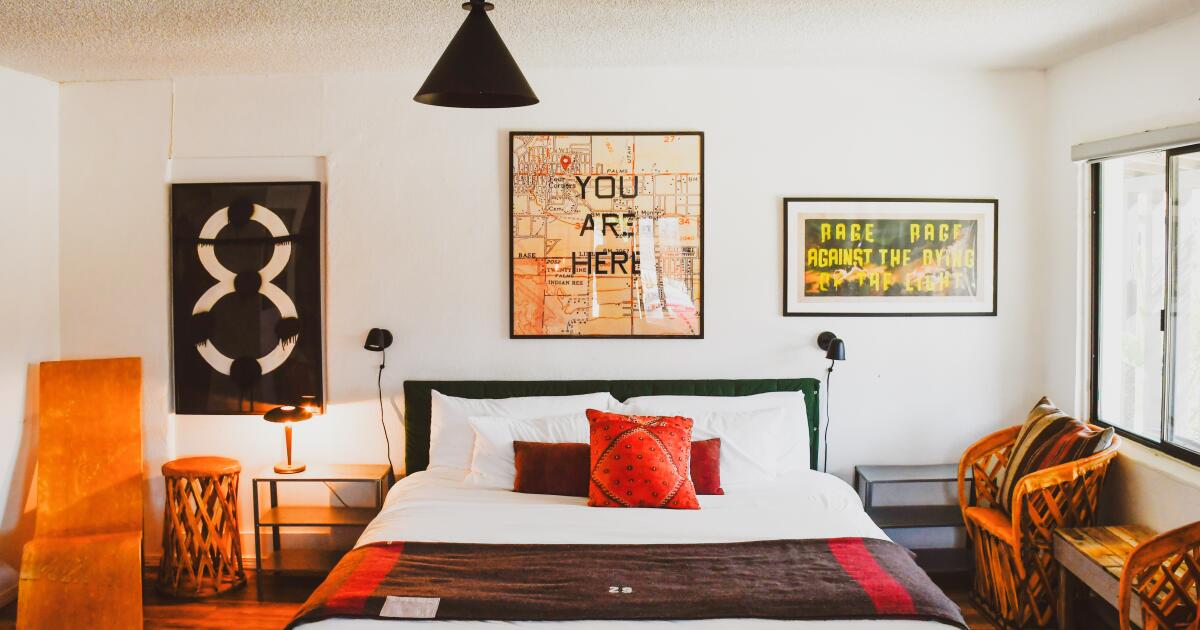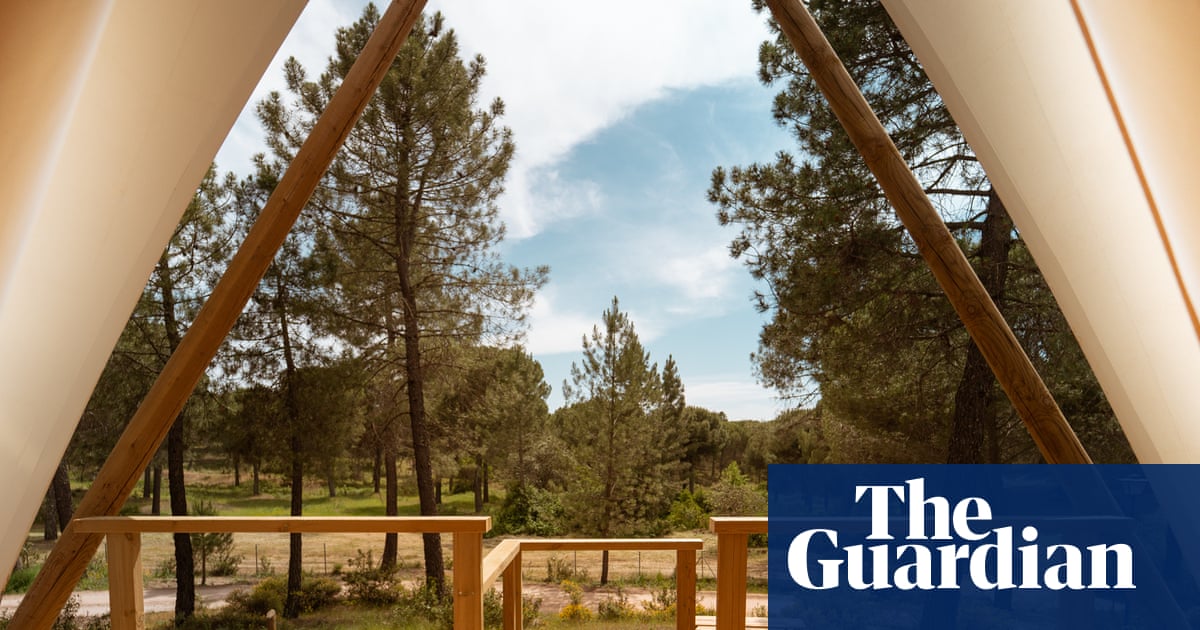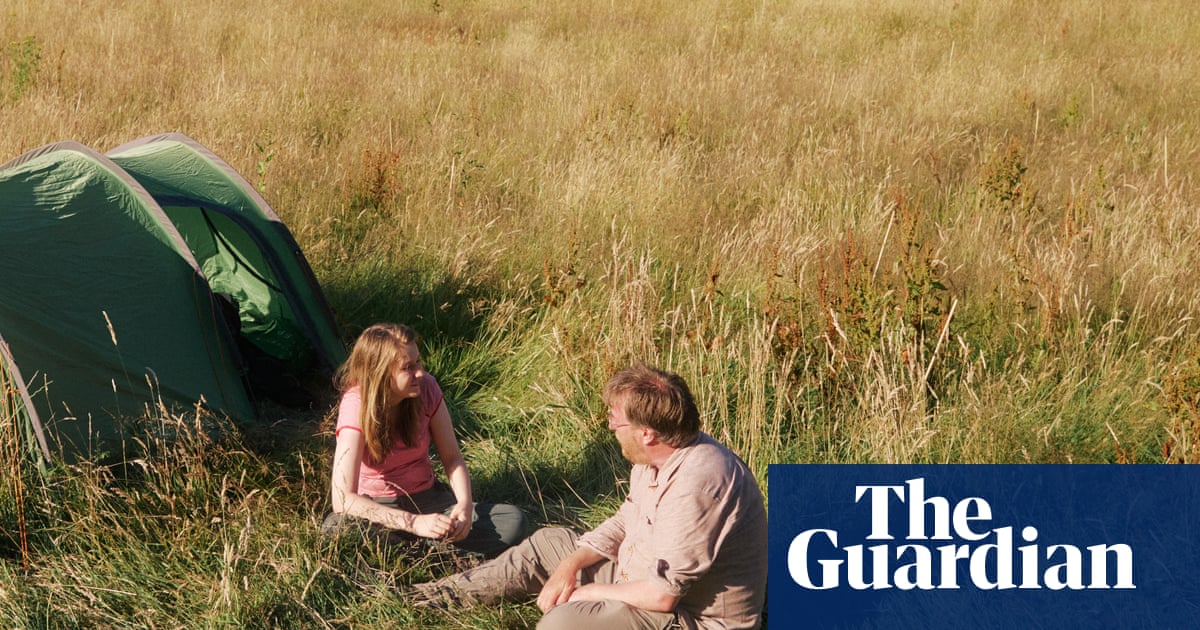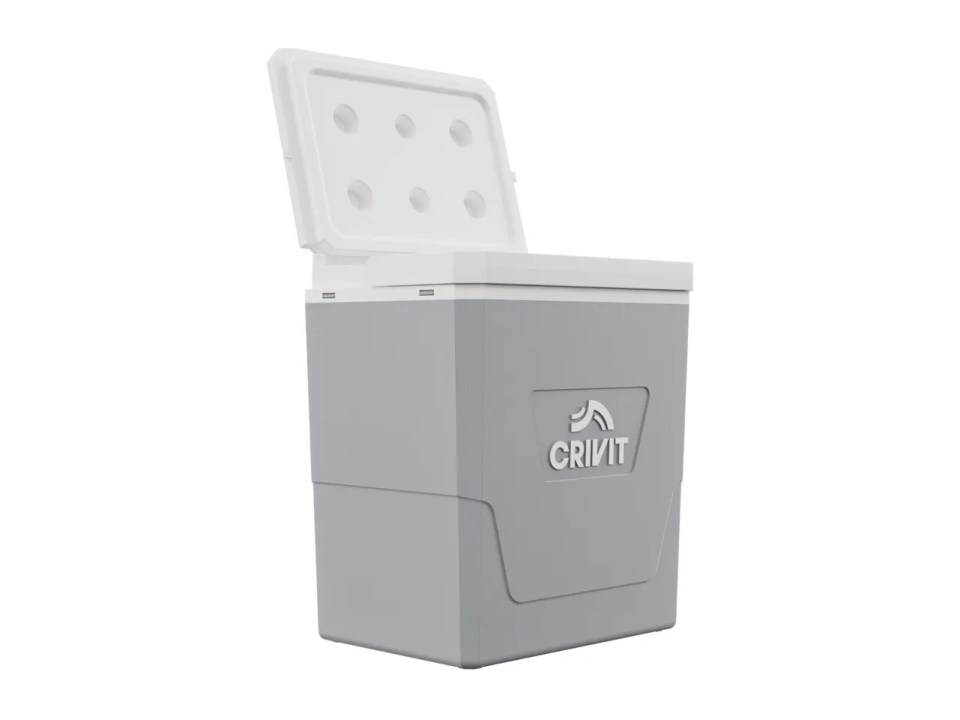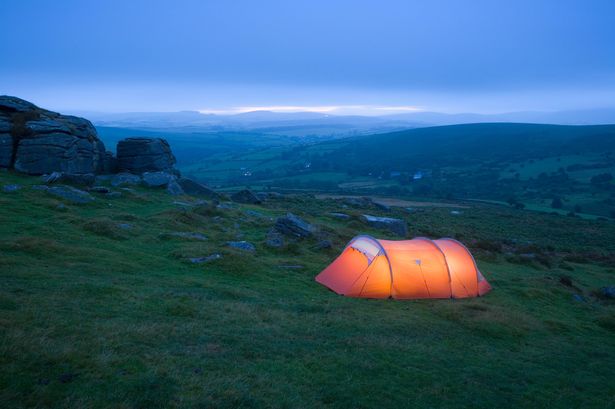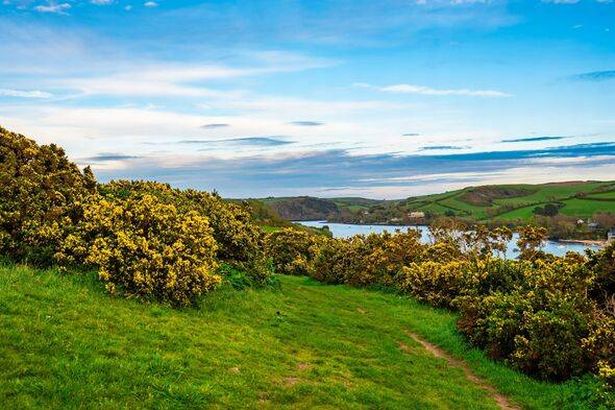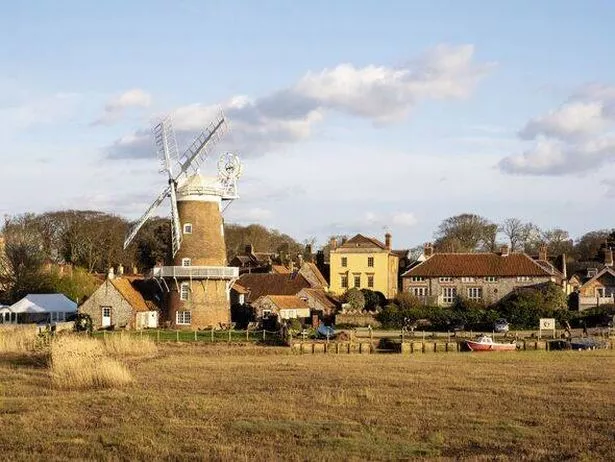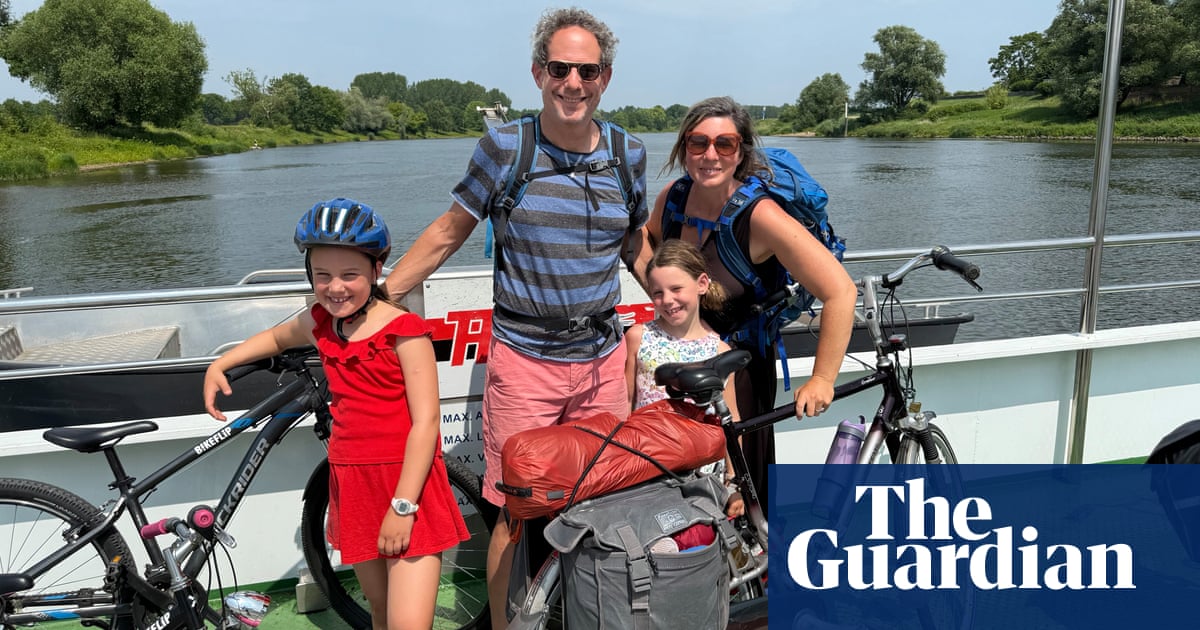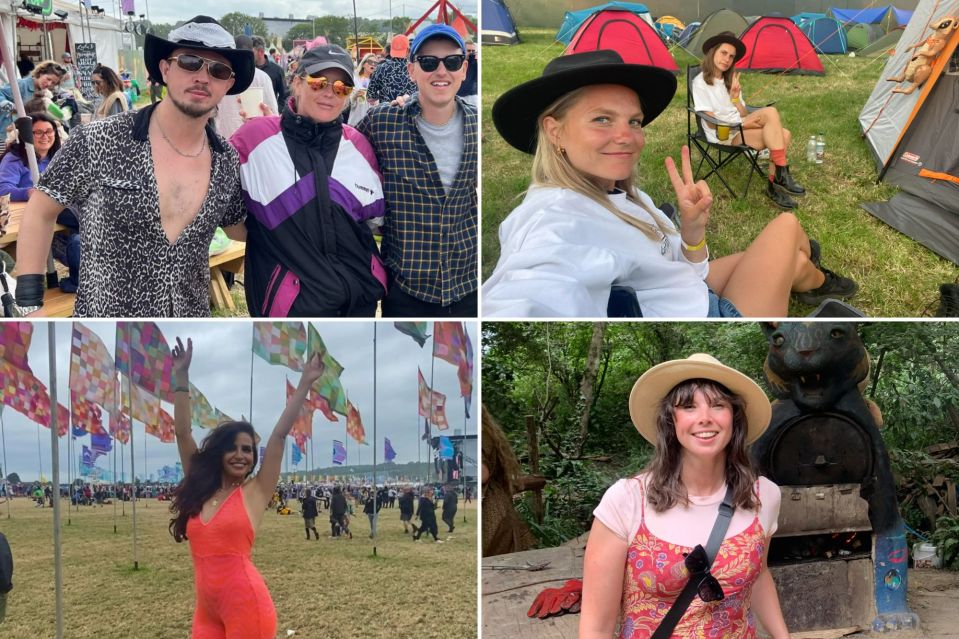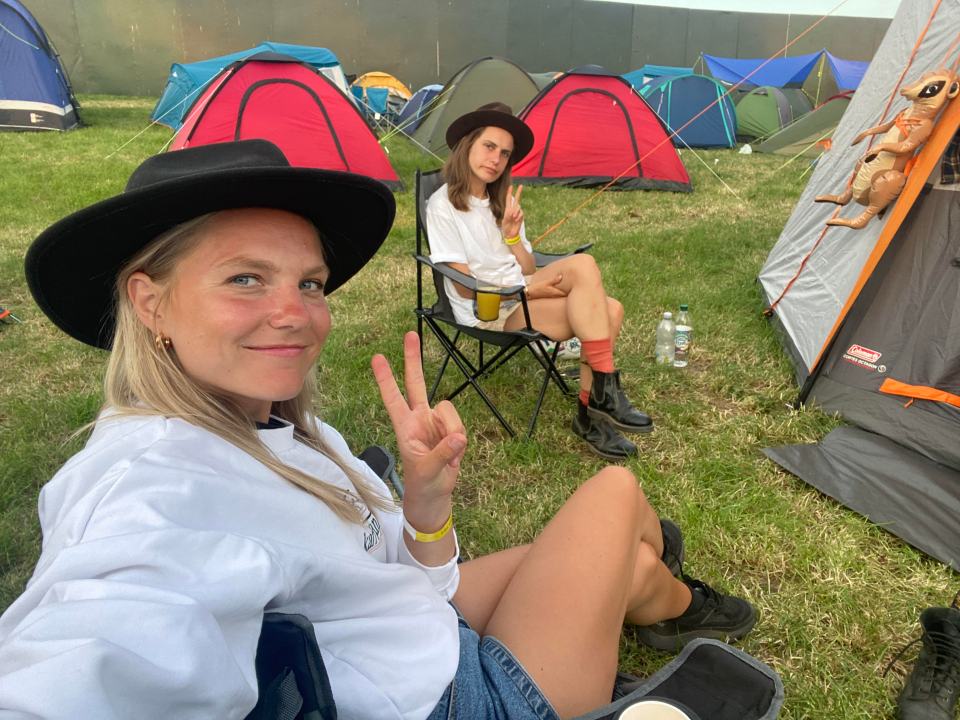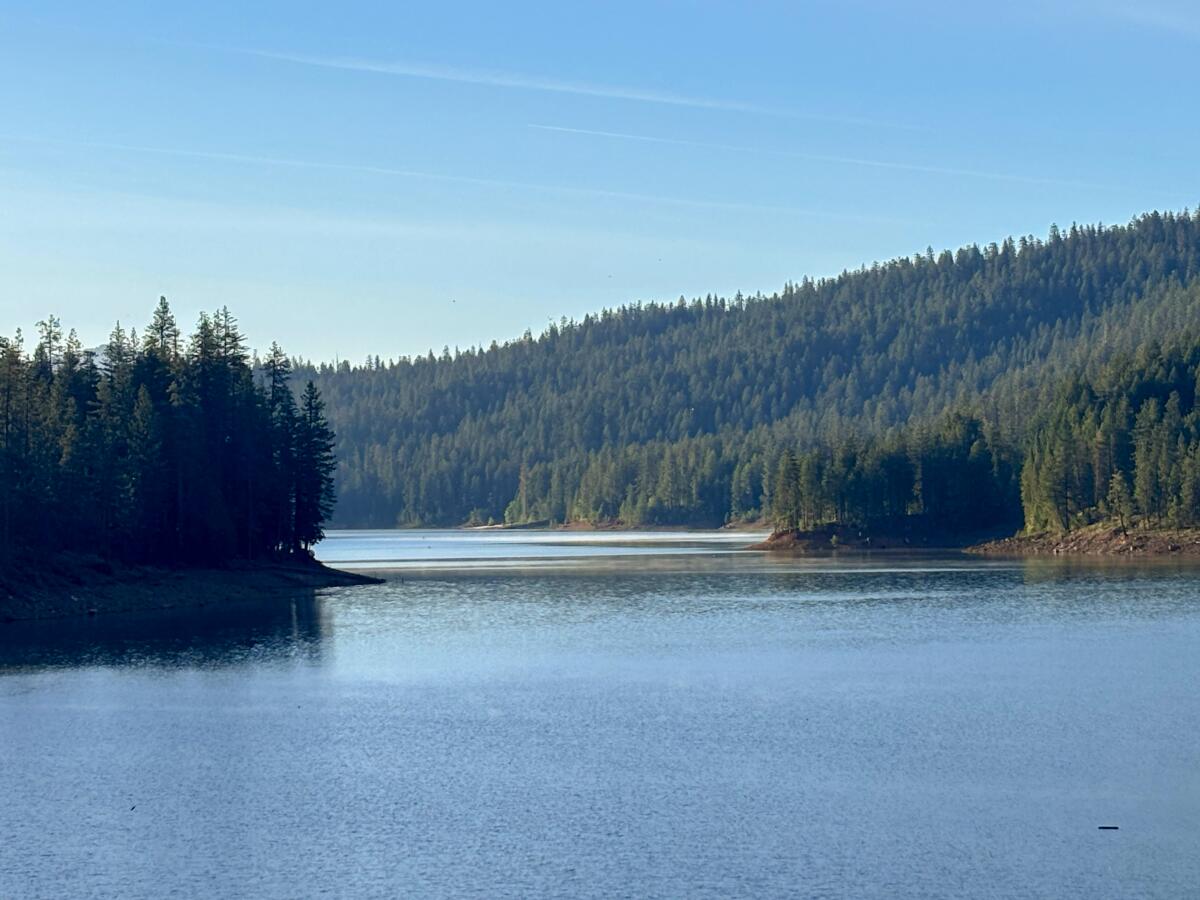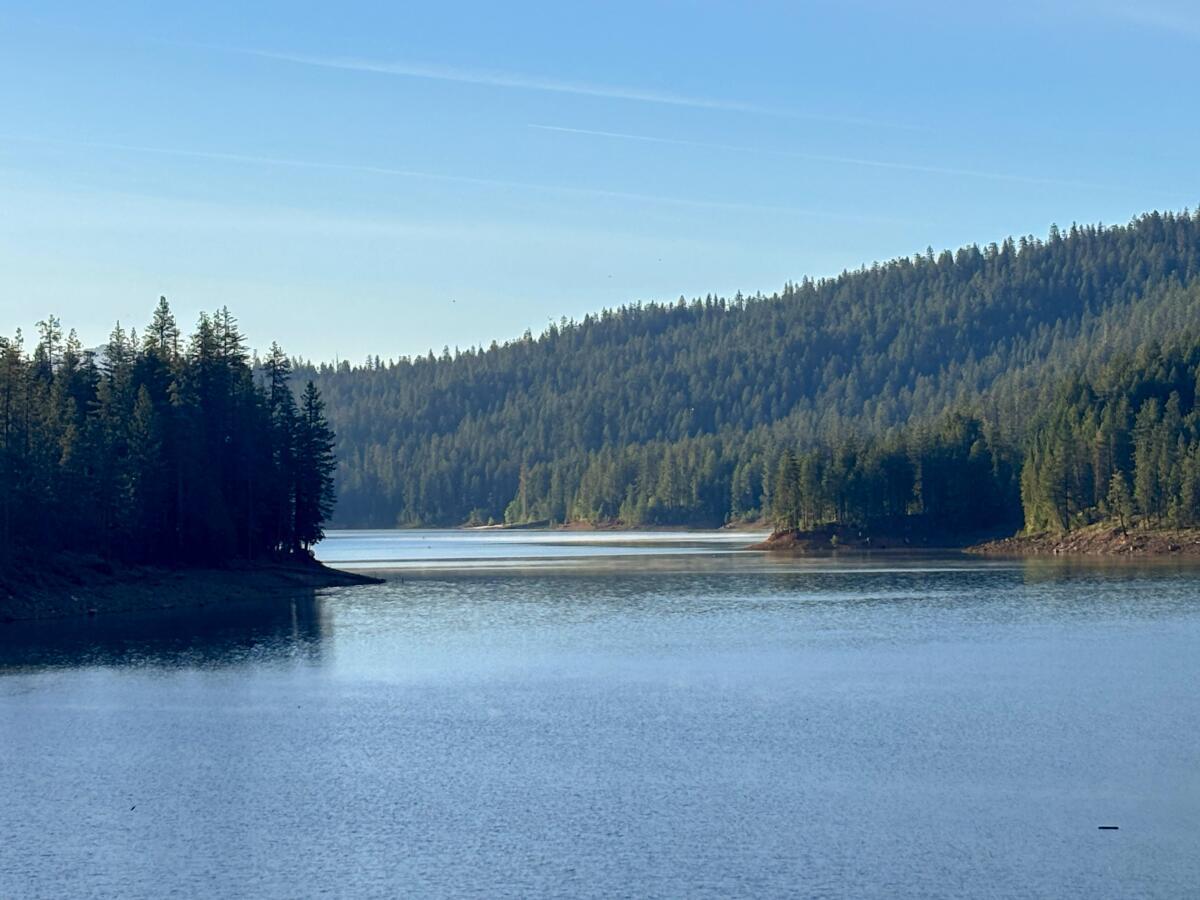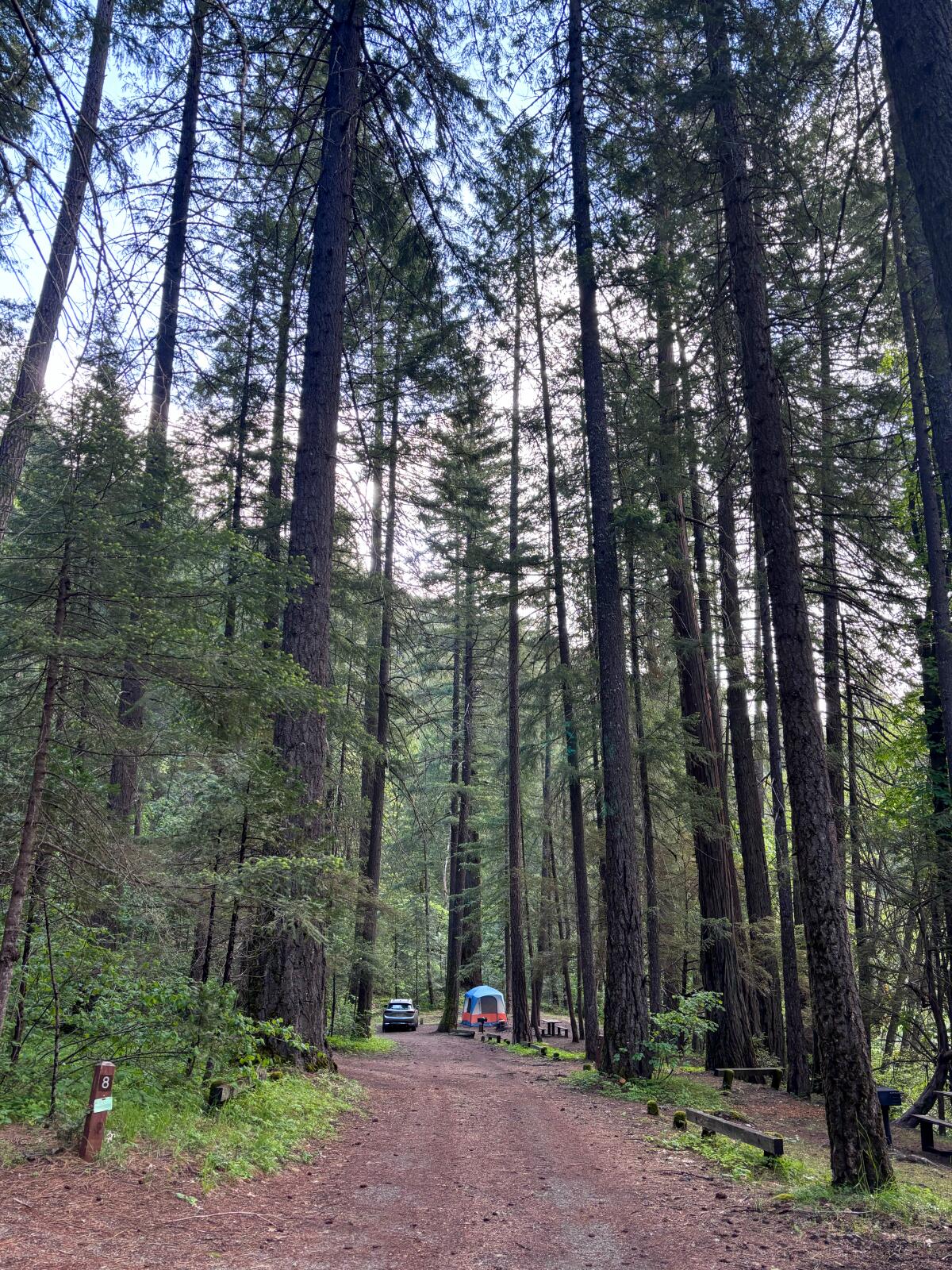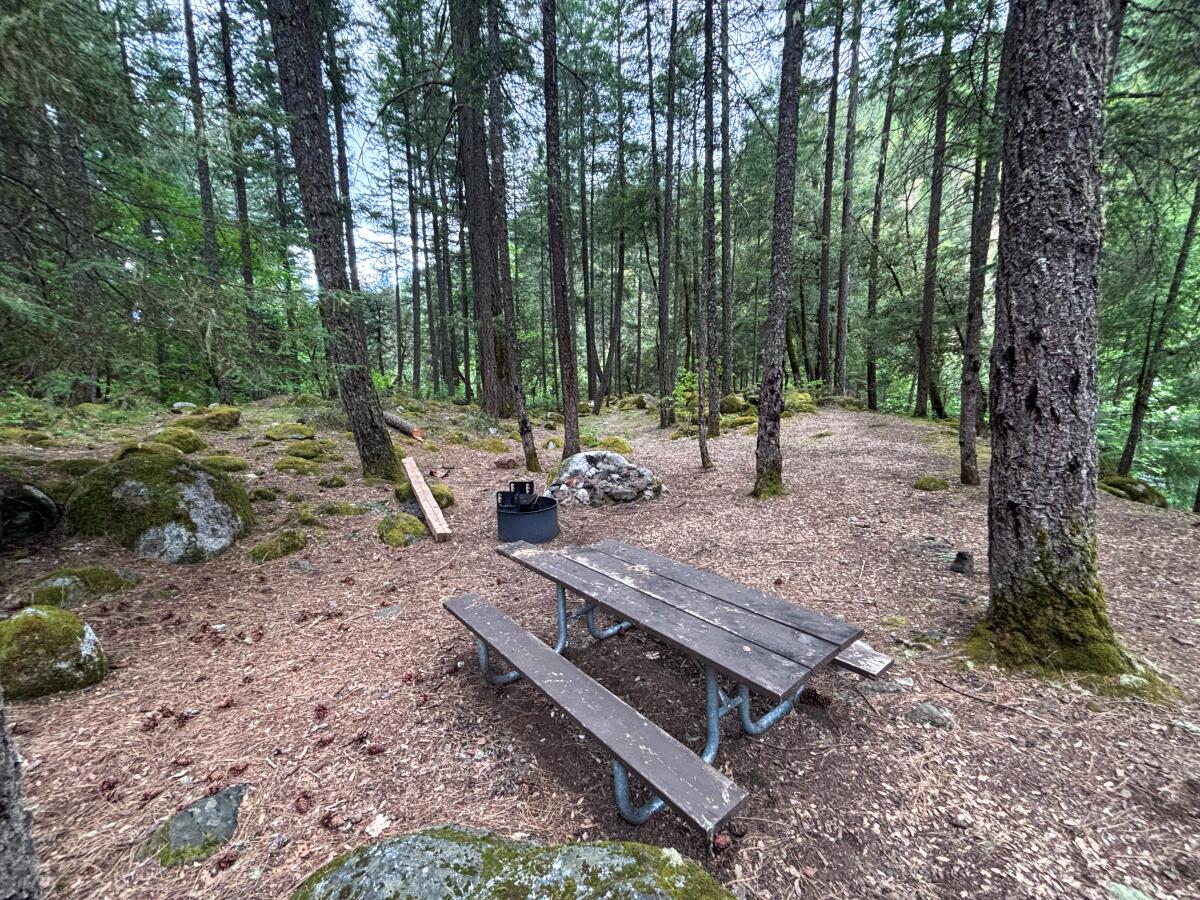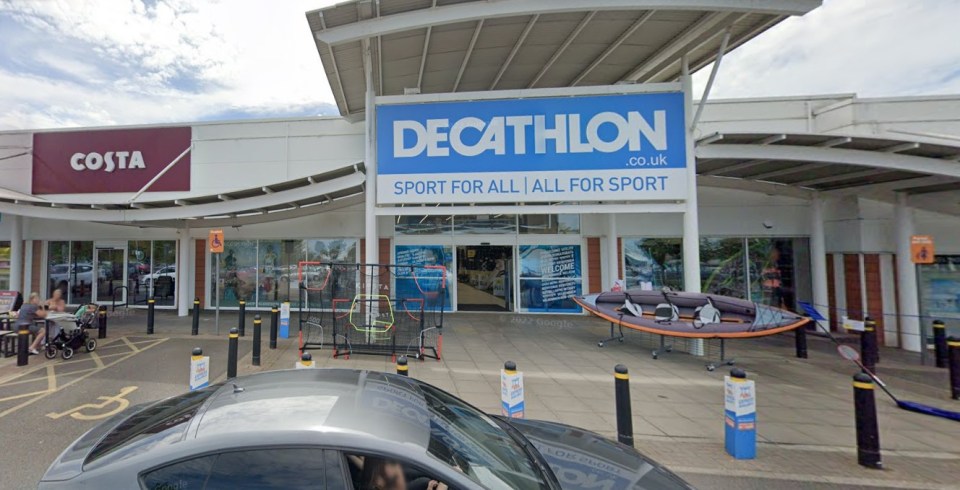According to Richard Edwards, a seasoned glamping expert from White House Glamping , a luxury camping site in Herefordshire, there’s a simple and inexpensive solution that can turn your muddy camping nightmare into a comfortable outdoor escape
Mud. The age-old foe of mothers in 90s Persil adverts and campers alike.
When it comes to combining a night in canvas with nature’s premier version of gloop, things can be difficult.
Picture the scene: You’ve spent hours assembling the perfect campsite, your tent is perfectly pitched, and everything feels just right. Then the skies open up with a sudden downpour, turning the ground into a muddy mess. Within minutes, your pristine tent interior becomes a disaster zone, with dirty footprints across your sleeping area and soggy gear everywhere. It’s the kind of scenario that can turn even the most enthusiastic camper’s weekend into a frustrating mess.
But according to Richard Edwards, a seasoned glamping expert from White House Glamping, a luxury camping site in Herefordshire, there’s a simple and inexpensive solution that can turn your muddy camping nightmare into a comfortable outdoor escape.
READ MORE: Tourists slam ‘paradise beach’ as actually being ‘most disappointing in the world’
“After years of helping guests enjoy the great outdoors, I’ve seen every camping disaster you can imagine,” says Richard. “The mud problem is one of the most common complaints, but it’s also one of the easiest to solve with the right approach.”
When it comes to keeping tents spotless, Richard has a secret weapon. A waterproof car boot liner from your local discount shop. This simple and affordable piece of kit can be transformed into the perfect tent entrance mat that keeps mud firmly where it belongs – outside.
“The trick is to lay the liner flat at your tent entrance, creating what I call a ‘mud porch’. It’s basically a doormat that works in the wild. Campers can step onto it, wipe their boots, and leave all the mess behind before entering their tent,” he explains.
The process couldn’t be simpler. Position the waterproof liner just outside your tent door, ensuring it covers the main traffic area. The rubberised surface grips well to most ground types, while the waterproof material means it won’t absorb moisture or become a soggy mess like traditional mats.
READ MORE: Brits ‘scared away’ from Majorca as holiday hotspot left ‘completely dead’READ MORE: ‘I’m an Alton Towers rollercoaster expert and people always make one mistake on rides’
Campers usually just try the shoes-off approach when it comes to coming inside, but Richard explains why this rarely works in practice.
“Asking everyone to remove muddy boots sounds good in theory, but you’re still left with wet socks and nowhere clean to put the boots,” he says. “Plus, it’s not exactly comfortable hopping around on one foot in the rain.”
Traditional camping mats often fall short as well. They’re usually too small, absorb water, and can become slippery hazards when wet. Towels, another common solution, quickly become saturated and useless.
“The car boot liner gives you a proper-sized clean zone that stays functional even in the worst weather,” Richard notes. “It’s also easy to rinse off or wipe clean, and it rolls up small when you’re packing up.”
Richard’s budget-friendly approach doesn’t stop at boot liners. He’s discovered several other unexpected items that work brilliantly in the great outdoors.
“Shower curtains make excellent groundsheets for under your tent. They’re completely waterproof and cost a fraction of purpose-made camping groundsheets. Dollar store microfiber cloths are perfect for quick clean-ups, and those cheap plastic storage boxes? They’re ideal for keeping your gear dry and organised,” he adds.
“A simple plastic tablecloth can create an instant clean eating area, and those disposable plastic plates from party shops are more practical than heavy camping crockery.”


